Tag Archive for: poetry
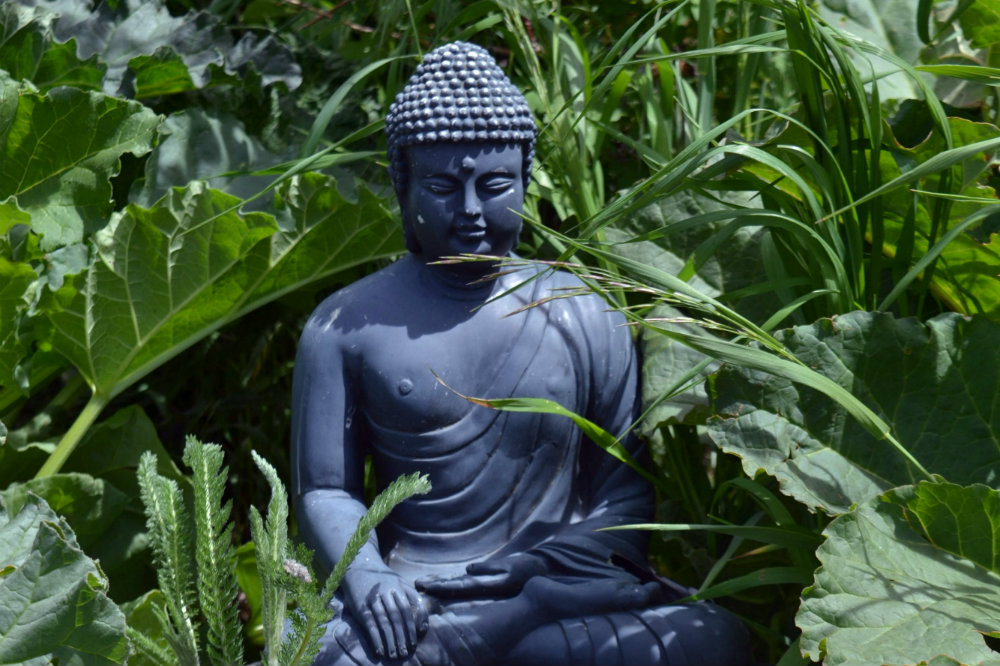
Freedom within the Dimensions of Silent Retreat Practice
Mind-Body, Mindful Livingby Janet Solyntjes // Do you associate the practice of mindfulness meditation with freedom? How is freedom discovered within the form of a meditation retreat? This article…
by admin0 comments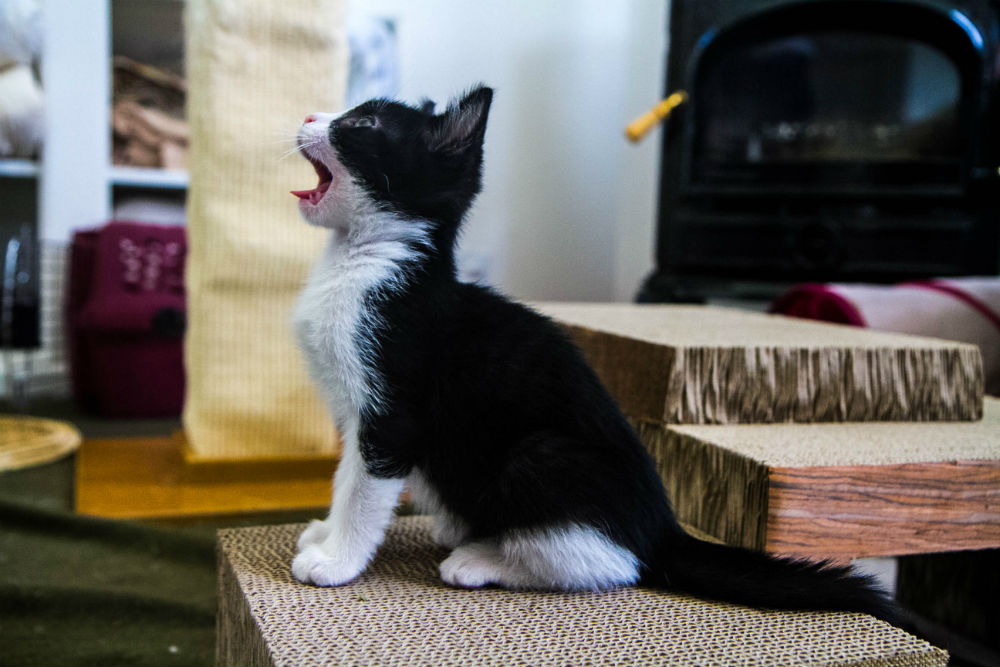
Follow
Creative ExpressionBy Katharine Kaufman // Be soft in your practice. Think of the method as a fine silvery stream, not…
by admin0 comments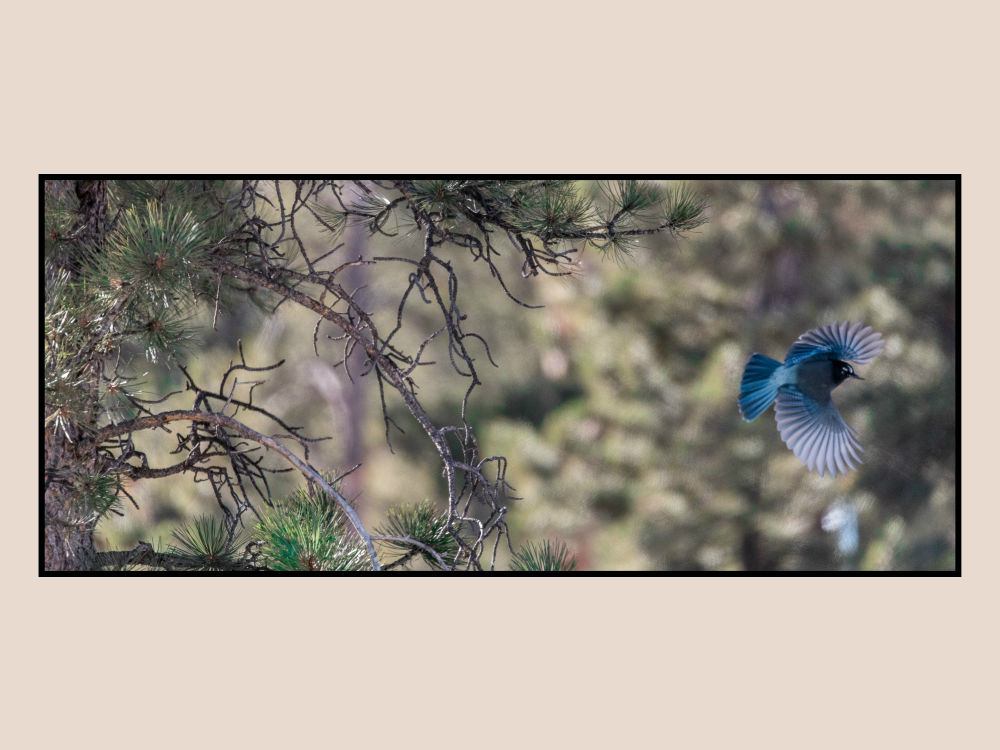
Spread-your-wings, oh beautiful Jaybird!
Creative Expression, Life at SMCPhoto: © 2016 Richard A. Swaback Spread-your-wings, oh beautiful Jaybird! Placing seed outside…
by admin0 comments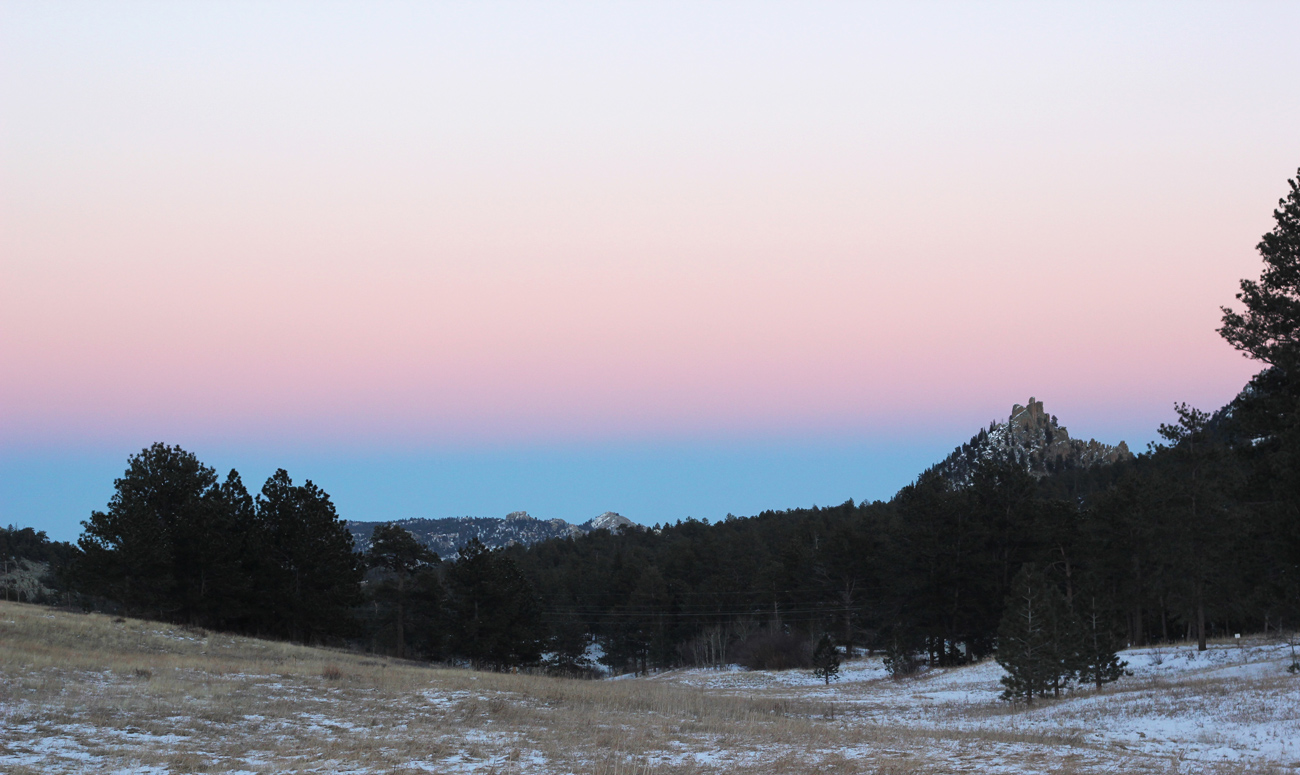
Offering
Creative Expression, Life at SMC, NatureHello world, I wrote this poem last fall as a rumination on death and life, impermanence and transition. Now…
by admin0 comments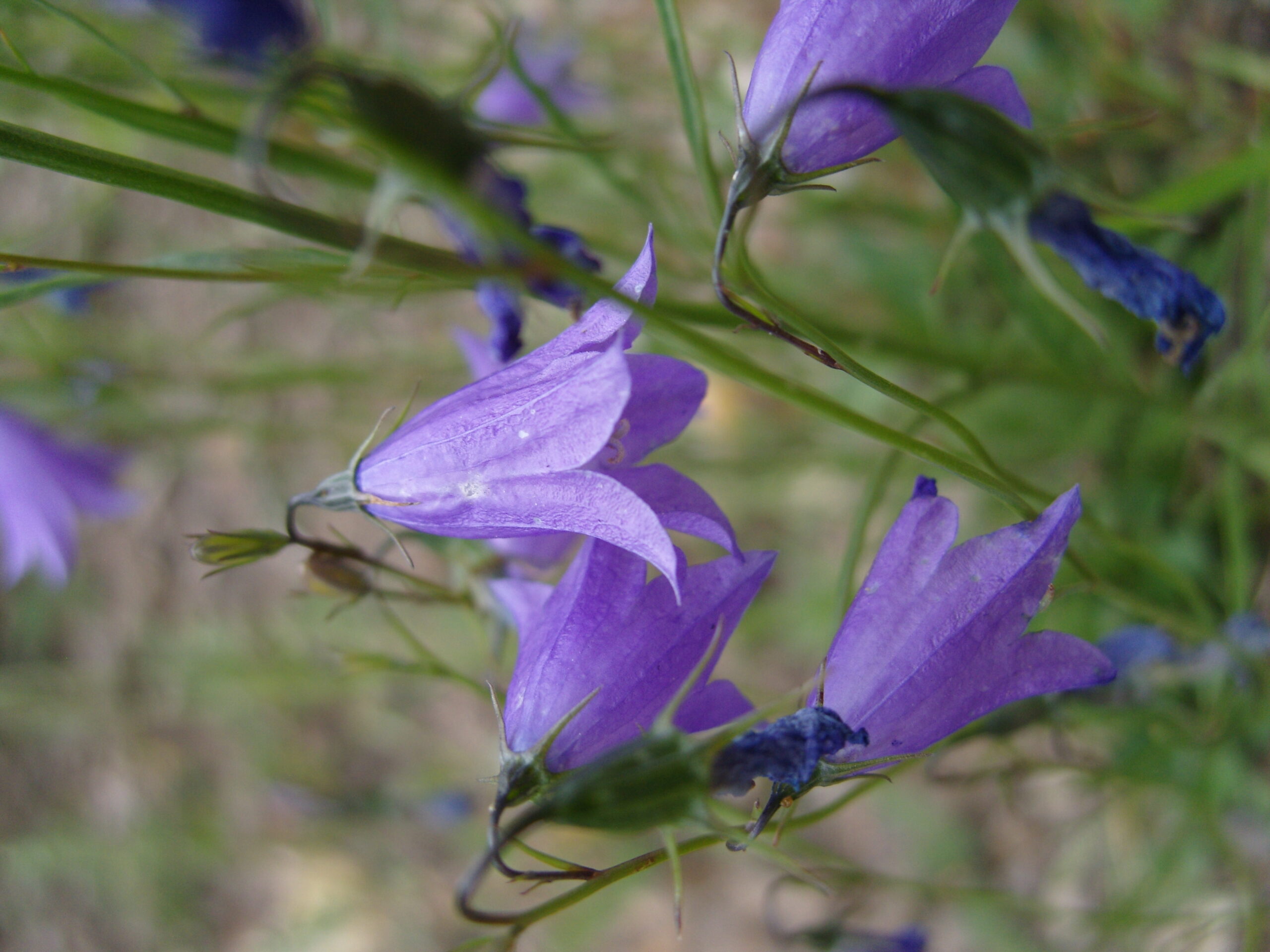
Seeing the One World with Two Eyes
Creative Expression, Mind-Body, NatureBy Elias Amidon Even though we humans live in nonduality, we experience the world with the two eyes of…
by admin0 comments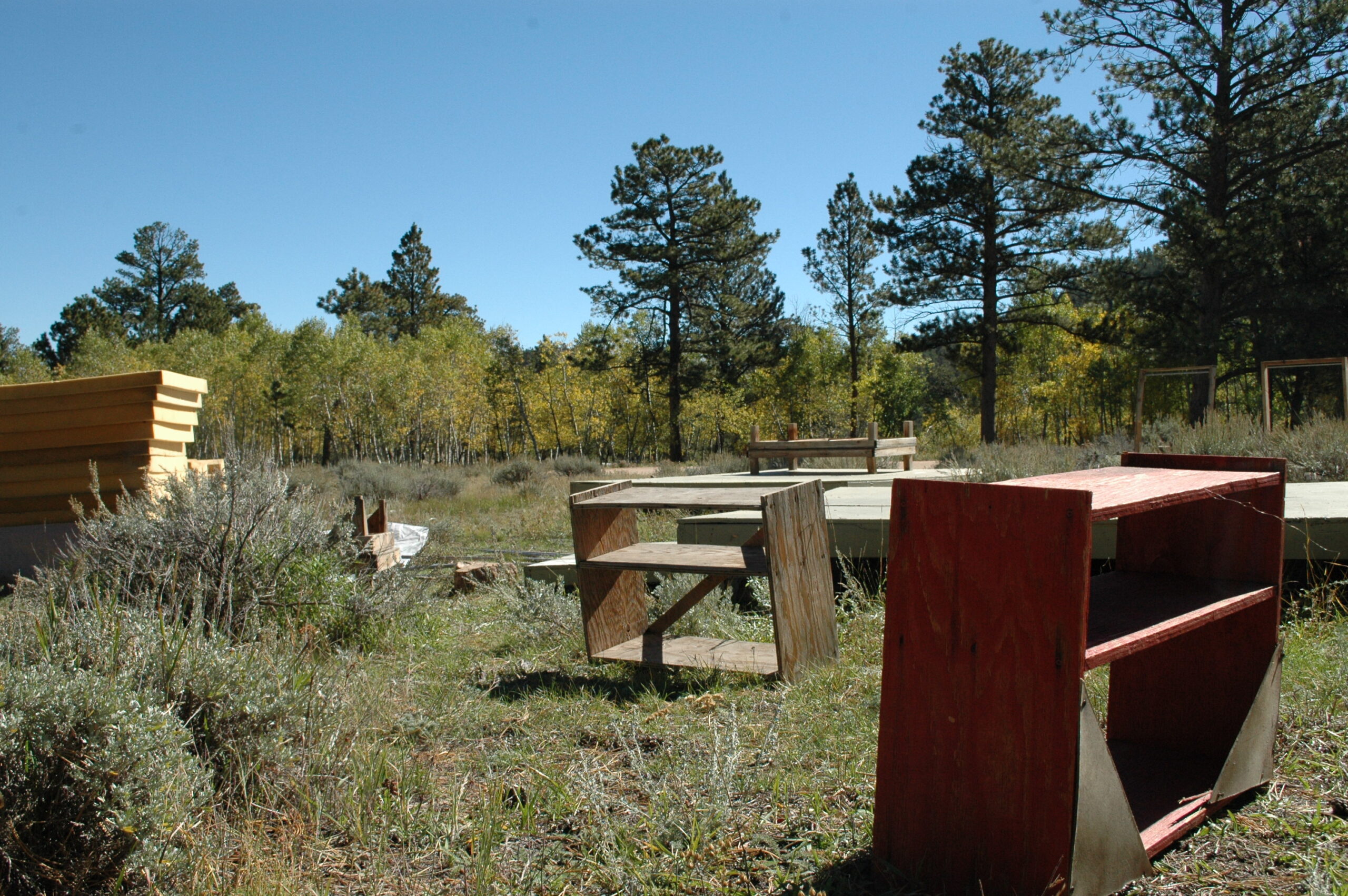
HOW TO BEGIN: Some notes upon arrival
Creative ExpressionBy Bhanu Kapil Some years ago, in India, I was walking down an ordinary residential street behind my mother’s…
by admin0 comments
Ancient Wisdom for the Modern Couple
Mind-Body, Relationshipsby Keith Kachtick In Letters to a Young Poet, Rainer Maria Rilke makes clear that a loving, romantic relationship…
by admin0 comments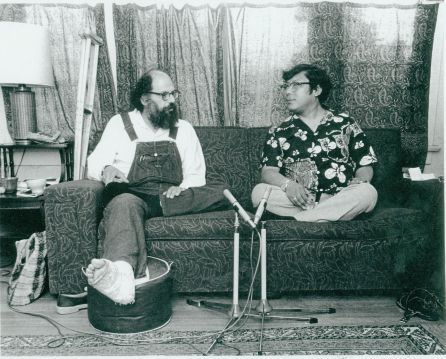
Happy birthday, Allen Ginsberg!
Creative Expression, Life at SMC"I met Rinpoche, Chogyam Trungpa, on a street corner in New York with my father, by accident." From…
by admin0 comments